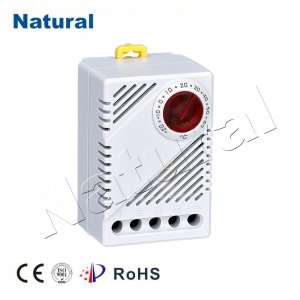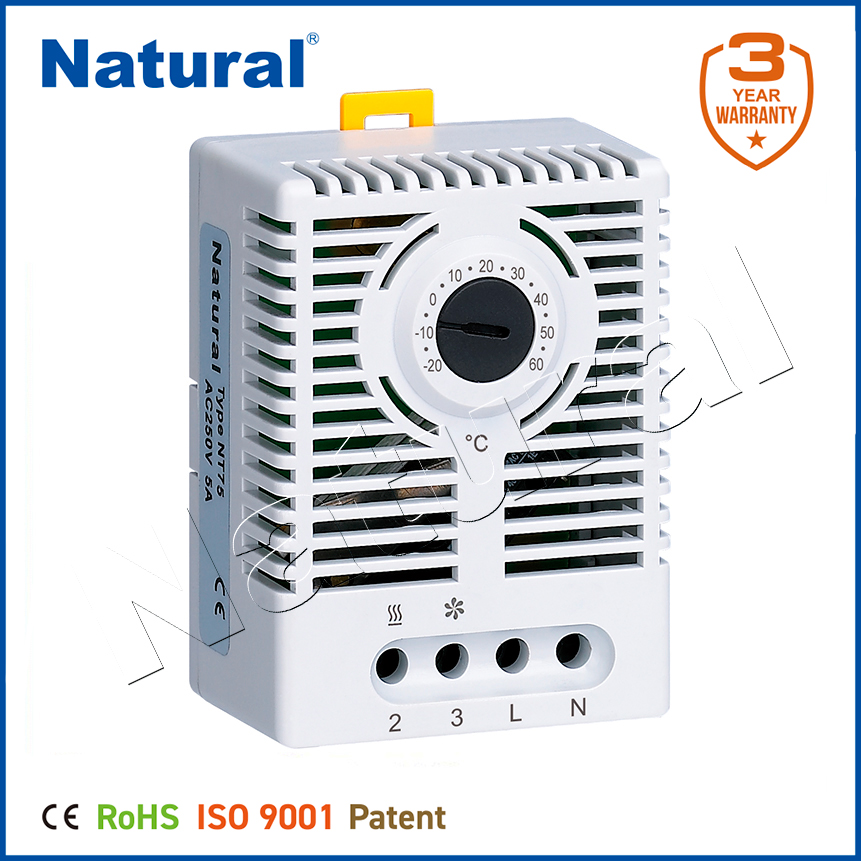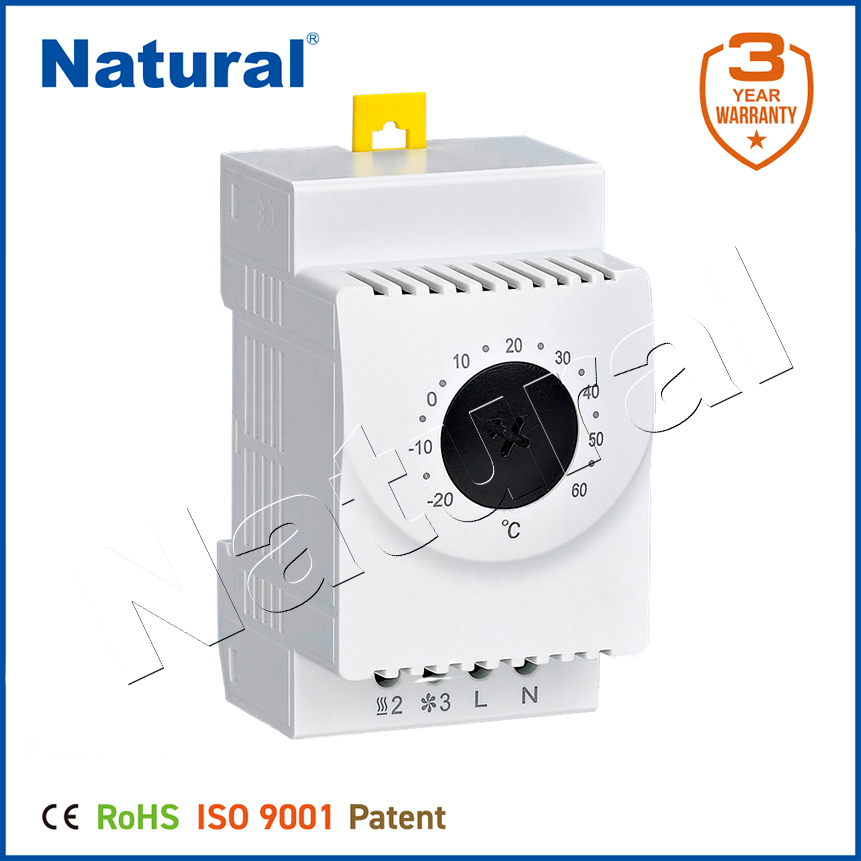In recent years, the advancement of home automation and energy-efficient technologies has revolutionized the way we control our living environments. One such innovation that stands out is the electronic thermostat. Unlike traditional mechanical thermostats, which rely on physical components to adjust temperature settings, electronic thermostats are designed with more precision, versatility, and convenience. This article explores the functionality, advantages, and applications of electronic thermostats, shedding light on why they are an essential addition to modern homes.

What is an Electronic Thermostat?

An electronic thermostat is a device used to regulate the temperature of a heating or cooling system in residential or commercial spaces. It works by monitoring the ambient temperature and adjusting the output of the HVAC (heating, ventilation, and air conditioning) system to maintain a consistent climate. Electronic thermostats are typically controlled by a microprocessor and feature digital displays, buttons, or touchscreens for easy programming. These modern devices can replace outdated analog thermostats, offering higher accuracy and the ability to connect to smart home systems. How Does an Electronic Thermostat Work?
